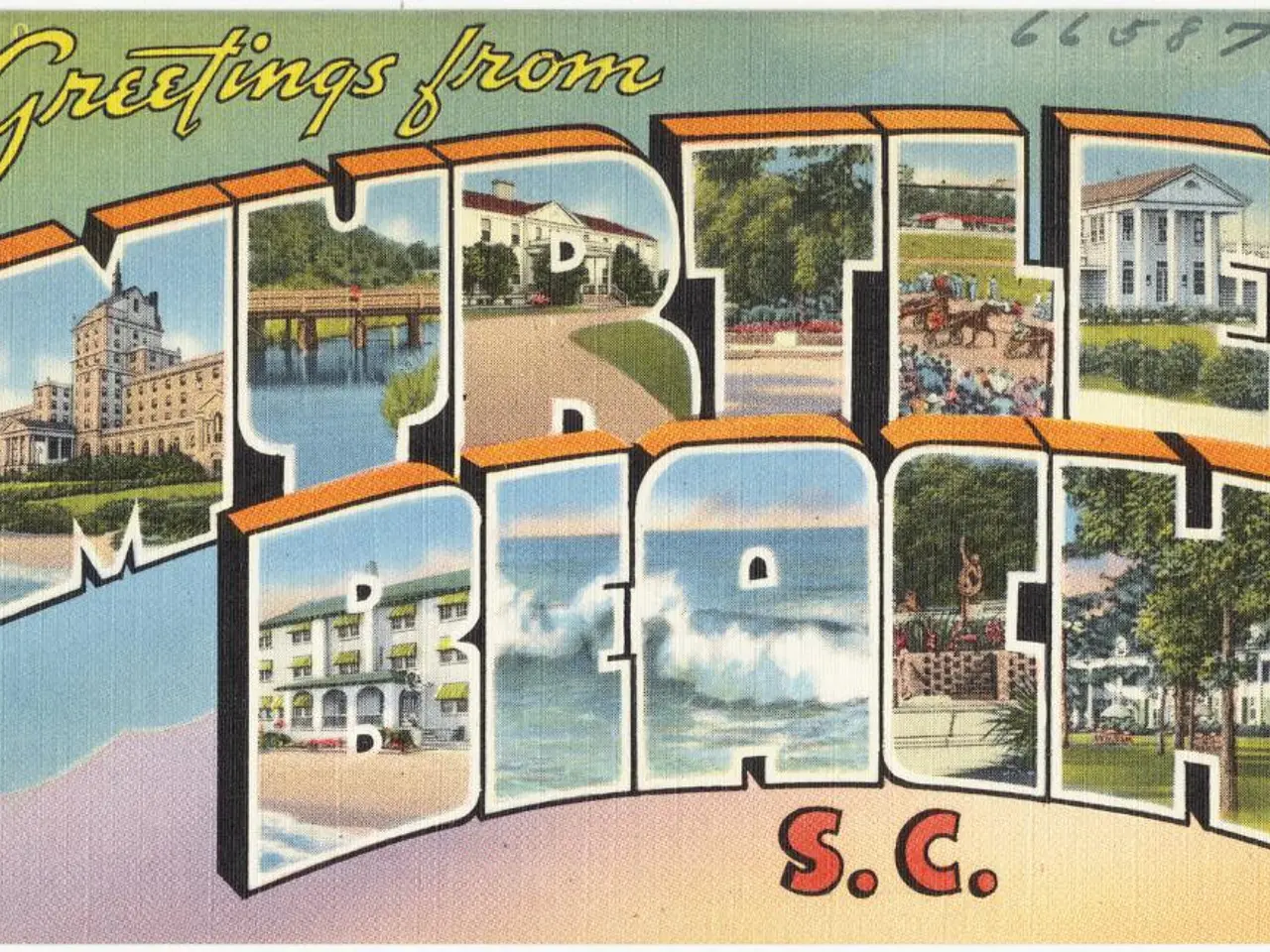Age-old petroglyphs, numbering more than two dozen, uncovered due to sand movements on a Hawaiian shoreline.
Discovered Ancient Hawaiian Petroglyphs in Waianae, Oahu Tell a Story of Indigenous History and Beliefs
A series of ancient Hawaiian rock carvings, known as the Waianae petroglyphs, have reemerged on the shores of Oahu, offering a unique and fascinating look into Indigenous Hawaiian history and lore. These petroglyphs, believed to be between 500 and over 1,000 years old, are located on U.S. Army property at Pokai Bay and have been uncovered due to a natural phenomenon caused by seasonal ocean currents and wave action.
The petroglyphs stretch across 115 feet of beach and consist of a mix of geometric shapes and humanoid figures. The largest anthropomorphic figure, over eight feet tall, is thought to represent the sunrise and sunset and possibly depict the demigod Maui, according to Native Hawaiian cultural practitioner Glen Kila. Kila, who has ancestral connections to Waianae, interprets the carvings as more than mere art; he suggests they convey an ancestral message regarding rising ocean levels and serve as a spiritual communication about environmental changes threatening their homeland.
Some humanoid figures in the carvings have fingers, which is rare among Hawaiian petroglyphs. This detail, along with the large size of the figures, suggests that the petroglyphs may be much older, possibly carved by the initial settlers who arrived in Waianae around 1,000 years ago.
The U.S. Army, overseeing the area, consults with cultural practitioners like Kila to protect these sacred carvings while allowing public access, highlighting the balance between preservation and education. The petroglyphs offer a powerful symbol of Indigenous Hawaiian history and a reminder of who came before.
Many questions about the petroglyphs remain, as they are often swallowed up by the tides. However, their reappearance serves as a reminder of the rich cultural heritage of Hawaii and the importance of preserving and understanding our past. The Waianae petroglyphs are a vital cultural relic connecting modern Hawaiians to their ancestors through expressive stone carvings that reemerge periodically. They carry historical weight as possibly ceremonial, religious, and ancestral messages deeply rooted in Indigenous Hawaiian cosmology and concerns about environmental survival.
References:
- Honolulu Star-Advertiser
- National Geographic
- Smithsonian Magazine
- The Guardian
- CNN
- Visiting the Waianae petroglyphs allows for a captivating exploration of nature, as the carvings have been revealed through environmental changes caused by seasonal currents and waves.
- The Waianae petroglyphs, hallmarks of outdoor-living and home-and-garden, are a tangible manifestation of Hawaiian history and lifestyle, offering a poignant connection to the past and a reminder of the evolving relationship between Native Hawaiians and their homeland.




